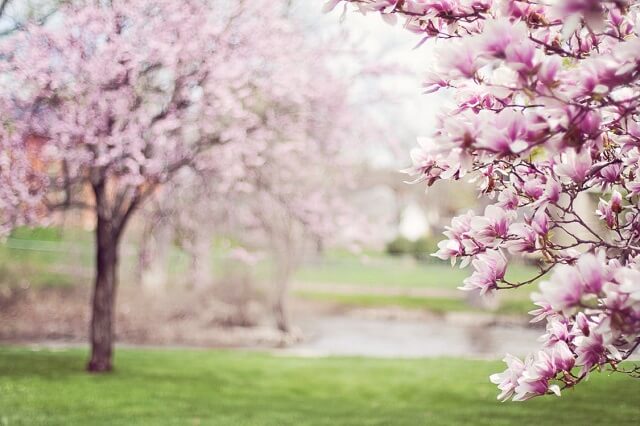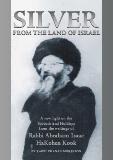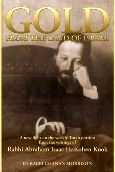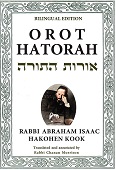
In the spring of 1950, Rabbi Tzvi Yehuda Kook published an article entitled “The Beauty of the Tree.” The article addresses the sharp divide that some people make between their inner spiritual life and the outer world, especially the universe and its natural beauty.
The Sages taught that we should appreciate the spectacular renewal of life in springtime. One who sees fruit trees blossoming in the month of Nissan should recite Birkat ha-Ilanot, the blessing for trees:
“Blessed are You... Ruler of the universe, who left nothing lacking in His world, and created in it goodly creatures and goodly trees to give people pleasure in them.”
And yet, we find in Pirkei Avot what appears to be the exact opposite position:
“Rabbi Jacob taught: One who is reviewing his Torah studies while walking along the way and interrupts his study to exclaim, ‘How splendid this tree is!’ ‘How fair this field is!’ — Scripture considers this as if he has forfeited his soul.” (Avot 3:9)
Why did Rabbi Jacob object so strongly to appreciating the beauty of nature?
Artificial Split Between Inner and Outer Worlds
The error of one who exclaims “How splendid this tree is!” is not that he voiced his aesthetic appreciation for graceful trees and scenic views. That is perfectly legitimate. Indeed, the Sages formulated a special blessing to express our wonder and marvel at nature’s springtime reawakening, with its effusion of colorful flowers and trees in bloom.
Rather, his error is that he sees this wonder as an interruption from his Torah study. Such a person mistakenly compartmentalizes life, isolating his inward-directed spiritual life of prayer and Torah from the beauty of the outside world. By doing so, “he forfeits his soul” — he abandons his soul’s sense of beauty and its harmony with the natural universe.
The wondrous power of creation is revealed in the blossoming of plants and trees. Creation is a continuous process — אשר ברא א-להים לעשות - “that God created [so that it will continue to] to develop” (Gen. 2:3). The universe’s development is completed with mankind’s highest capabilities. At our most perfected state, we become partners with God in creating the world (Shabbat 10a).
We need to integrate the beauty of nature — “How splendid this tree is” — within the context of Torah. We need to recognize that this natural beauty appears within it and through it. The Torah itself is called a “tree of life for those who grasp it” (Proverbs 3:18).
This inclusive outlook reveals the spiritual splendor of the natural world. It is this insight that inspires us to recognize and thank the One “Who created goodly creatures and goodly trees.”
This World and the Next
Rabbi Tzvi Yehudah noted that the author of this mishnah is Rabbi Jacob. In another teaching, Rabbi Jacob compared this world to an antechamber. This world is a reception area where we prepare ourselves to enter the palace itself — the World to Come (Avot 4:16).
The significance of this statement is that there exists a fundamental connection between the physical and spiritual realms. They are not two separate worlds, but rather comprise together a complete structure. Therefore the lofty splendor of the palace (the spiritual realm) is able to penetrate and ennoble the antechamber (the physical world).
This approach is particularly valid in the Land of Israel. As the Midrash teaches, “Do you wish to see the Shechinah in this world? Study Torah in the Land of Israel!” Torah study in Eretz Yisrael enables us to perceive God’s Presence in this world. We experience the beauty of the world and perceive the inner splendor of blossoming trees.
(Adapted from LeNetivot Yisrael vol. II, pp. 144-146)





